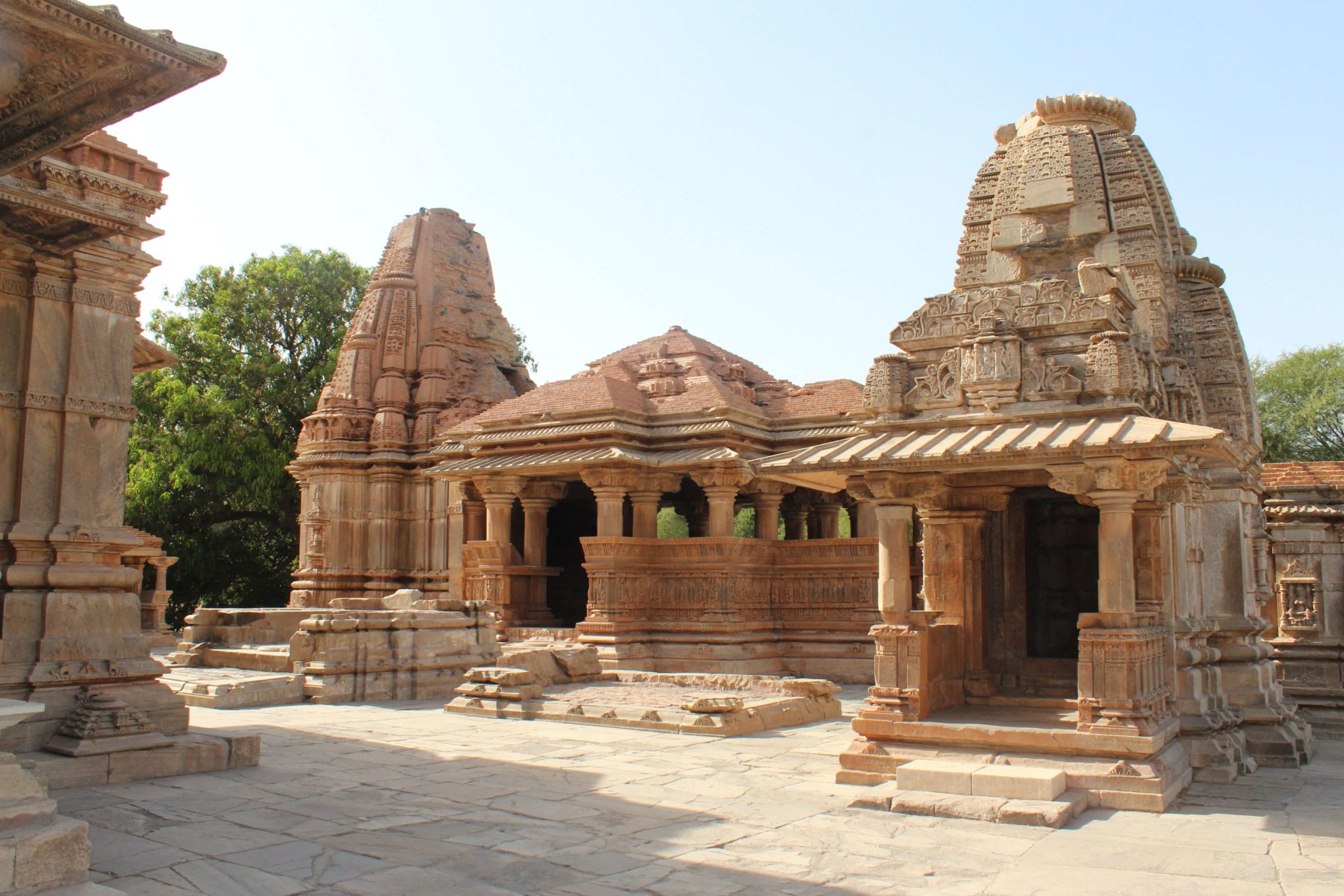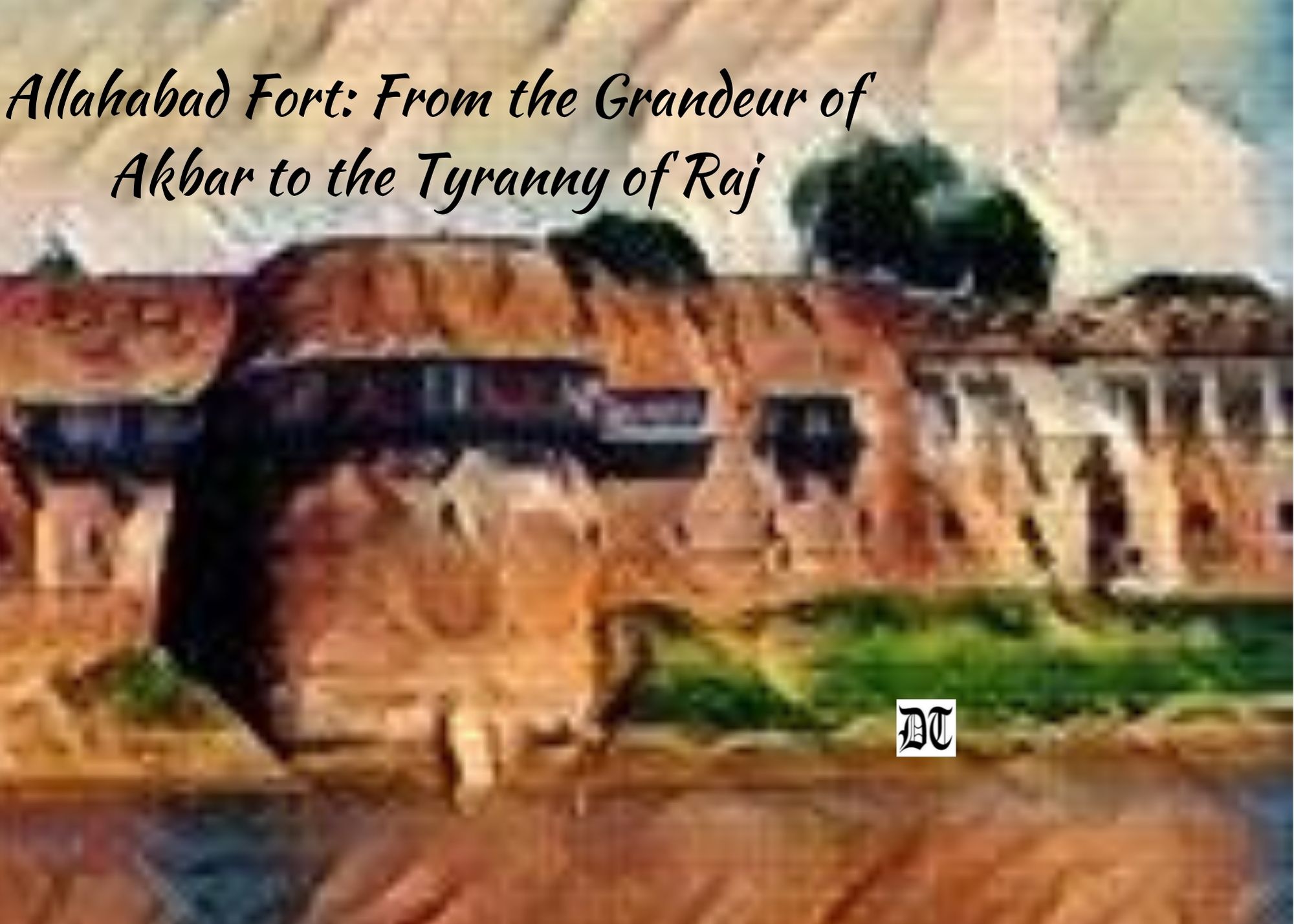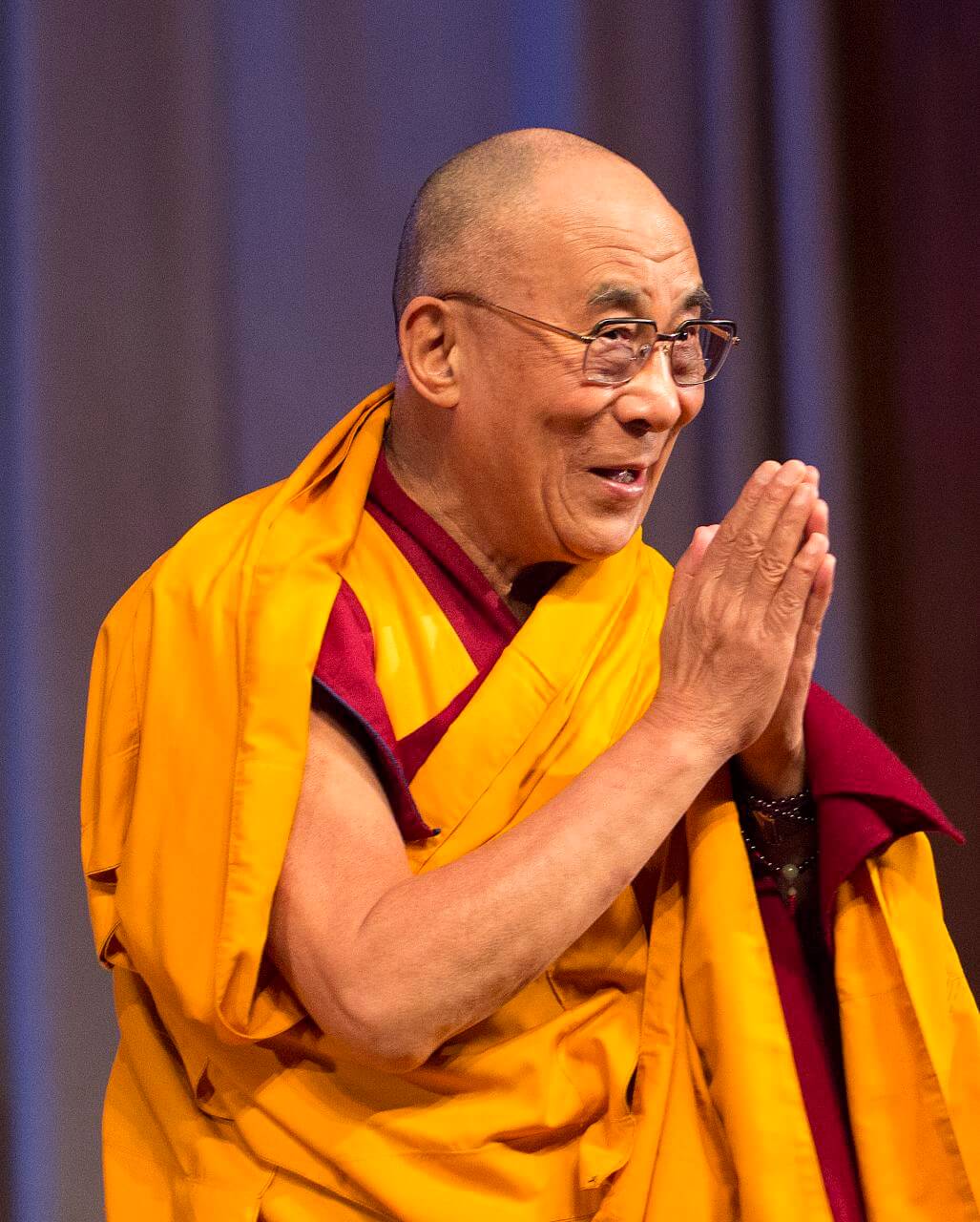Sukanya takes us down the memory lane. She recalls that it was in 1999 that she went to Peru. They hiked four days up the Andes to finally reach the lost city of Machu Pichhu, the Incan citadel, curled up in the Andean mountains, above the Urubamba river valley. Here’s a Different Truths’ special feature on the World Heritage Day.
A hideous green album labelled, ‘Peru’ caught my attention. Before I revisit our journey to Peru, allow me to digress a bit.
Those were the days before the advent of digital camera. We had a traditional camera, like others, the ones with rolls of films. We shot pictures, got them developed, chose the better ones from ‘contact bromide sheets’, before the pictures were printed. Despite all this, some photos were worth keeping, while others were tossed in the garbage. And then came albums.
Sorting the pictures and sliding them in their envelopes. I, unfortunately, never followed a sequence, and randomly inserted these. These albums have been lying on the shelf, untouched, gathering dust over the years. Some I have labelled on their spine, some unlabelled and I have no clue what treasures the albums hold.
I vividly recall that it was in 1999 that we went to Peru. We hiked four days up the Andes to finally reach the lost city of Machu Pichhu, the Incan citadel, curled up in the Andean mountains, above the Urubamba river valley. It was a late night flight from Houston to Lima and then an early morning connecting flight to Cusco.
Cusco was not kind to me. The moment I landed, altitude sickness attacked me and I had the most excruciating pain ever. A strong drug Tonopan was prescribed, but that did not help. What helped were the coca tea, and the coca leaves that I chewed along with a catalyst. I so wish I could remember much about Peru, it was after all so many years back and my memory is waning.
Cusco is a beautiful city, full of Spanish structures. Old churches, quaint little stores and the town square forever bustling. There were little jewellery shops, bookshops, clothing stores.
And even a Hare Krisna restaurant run by the ISKON. At a small distance, a day’s trip away, there were the ancient Inca ruins. Amazing these Incas were. They knew science, astronomy and mathematics. Their architectural structures were precise. Astounding.
 A train ride took us to the spot from where the hike to Machu Picchu starts. I had this huge backpack stacked with two days worth of clothes, heavy jackets, a sleeping bag, dried food, part of the tent, and water bottle. Half an hour into the hike I had started grumbling. The mountain was mountainous (what was I expecting), the backpack was pulling me down, the road was winding uphill and it looked treacherous.
A train ride took us to the spot from where the hike to Machu Picchu starts. I had this huge backpack stacked with two days worth of clothes, heavy jackets, a sleeping bag, dried food, part of the tent, and water bottle. Half an hour into the hike I had started grumbling. The mountain was mountainous (what was I expecting), the backpack was pulling me down, the road was winding uphill and it looked treacherous.
On the first day, we reached a basic camp. We quickly went to the nearest stream, used the filter and filled two bottles of water, and then lit up the portable stove and cooked the dried food we were carrying. I think those food were terrible, but it did not matter. It was a night of chaotic cosmic dance but I was too tired to enjoy the starlit Andean sky. I crawled into the tent and fell asleep. Morning I was in despair, there were no – and you hear me right – there were no restrooms. But well, the bushes were there! For a few moments, I was one with nature – never again, I promised myself. That is why they have adult diapers, or worse still catheters.
On the second day, we started early. I saw a sprightly girl, who offered to take my backpack in exchange of money and I promptly accepted. She soon hopped, skipped and vanished from sight. I just hoped I get my backpack. That day there were ruins on the way and I was already too exhausted to appreciate it. And then there were those steep steps. Oh yes, I have vertigo! I could not look at the steps that made my head swim. Let anyone laugh, I was to sit down and then go down the steps. There were also the three mountain passes to conquer. The more the passes appeared approachable, the further they moved away.
First, second and finally, the third; I did it.
The second camp was slightly better. It also had a bathroom close by, I took one look and I made up my  mind that I will be the first one to get up the next morning. I looked for my baggage and found that the girl had left it near a big tent. Everything was in there. Oh, the honesty of these poor mountain people!
mind that I will be the first one to get up the next morning. I looked for my baggage and found that the girl had left it near a big tent. Everything was in there. Oh, the honesty of these poor mountain people!
Next morning, up and early, the walk commenced. The mountains were getting easy to access. May be three days of walking was making a pro out of me. I got the rhythm of clambering the mountains.
There were more steps. I was getting slower too. In fact, at one point, I was left behind and I almost lost my way, or so I thought. It is a trail, you cannot lose your way. Finally, I reached the third camp. It had a concrete building and had sleeping arrangements. It had a bunk and the canteen had meatballs and spaghetti. And I was blessed with a nice warm shower. I finally had water trickling all over my body, after two days. Sheer bliss!
Andes was an experience in itself. The rich mountain air, the azure blue clear sky, rolling clouds, cold nights under a starlit sky were something that I would never ever forget. We were far from the maddening crowd, the hustle bustle of city life. It was a beautiful getaway. Those three nights were celestial. The mountains had the same sound, the same fragrance that you get in the Himalayas.
Have you ever realized that the mountains and the mountain people have a distinctive smell of their own? Not always pleasant…the unwashed kind of a smell, which hurts your nose. I told myself every place has its body odour.
The foliage changed, so did the terrain. The ruins were magnificent and the steps, simply scary.
 On the fourth day, as rain pounded on us, we reached the sun gate. Instead of seeing the lost city in its entire glory basking in the new dawn sun, we saw it in the mist and rain. Mysterious, wondrous Machu Picchu, the pride of the Incas was before us. It was the American archaeologist, Hiram Bingham, who, while exploring for the fabled Vilacamba, stumbled on Machu Picchu – not realising its significance and believing that it was Vilacamba that he had found.
On the fourth day, as rain pounded on us, we reached the sun gate. Instead of seeing the lost city in its entire glory basking in the new dawn sun, we saw it in the mist and rain. Mysterious, wondrous Machu Picchu, the pride of the Incas was before us. It was the American archaeologist, Hiram Bingham, who, while exploring for the fabled Vilacamba, stumbled on Machu Picchu – not realising its significance and believing that it was Vilacamba that he had found.
It was at the zenith of the Incan empire that Machu Picchu was built. And lucky for them, the plundering Spanish conquistadors never found it. Thus, it remained safe. When Bingham rediscovered it, it was covered with thick jungle undergrowths. Once that was cleared they found the majestic, mystical ruins, where even human sacrifices were made at the designated altars.
Machu Picchu was a well designed site. There was an urban sector and agricultural area. The buildings were on wide parallel terraces. Stone stairs connected the different levels. The eastern part was living quarters and the western for religious ceremony – the IntiWatana, the Sun temple, was in the first level. The IntiWatana stones were the ritual stones facing the sun during the winter solstice. The Incas constructed their building with polished dry stones. These were huge blocks that fitted together without the aid of mortar. Doors and windows tilted from bottom to top. Corners were rounded.
It is amazing how in those days they built a near perfect city, how they thrived there and how ingenious they were as a race. It astounds us to this day!
The rest I hardly remember, all nestled, perhaps lost like the Incas, in some deep corner of my memory.
I recall Pablo Neruda’s epic poem, Heights of Machu Picchu. I recite the lines of this poem transported to the wondrous Incan city:
And then on the ladder of the earth I climbed
through the atrocious thicket of the lost jungles
up to you, Machu Picchu.
High city of scaled stones,
at last a dwelling where the terrestrial
did not hide in its sleeping clothes.
In you, like two parallel lines,
the cradle of the lightning-bolt and man
rocked together in a thorny wind.
Pix by author.
Other stories of this theme:
http://139.59.80.127/history-culture/architecture-monuments/enigmatic-rome-majestic-capitolini-and-colosseum/
http://139.59.80.127/history-culture/architecture-monuments/nagda-nestled-in-lonesome-solitude/
http://139.59.80.127/history-culture/architecture-monuments/allahabad-fort-from-the-grandeur-of-akbar-to-the-tyranny-of-raj/
http://139.59.80.127/history-culture/architecture-monuments/mahabalipuram-chariots-of-stone/








 By
By